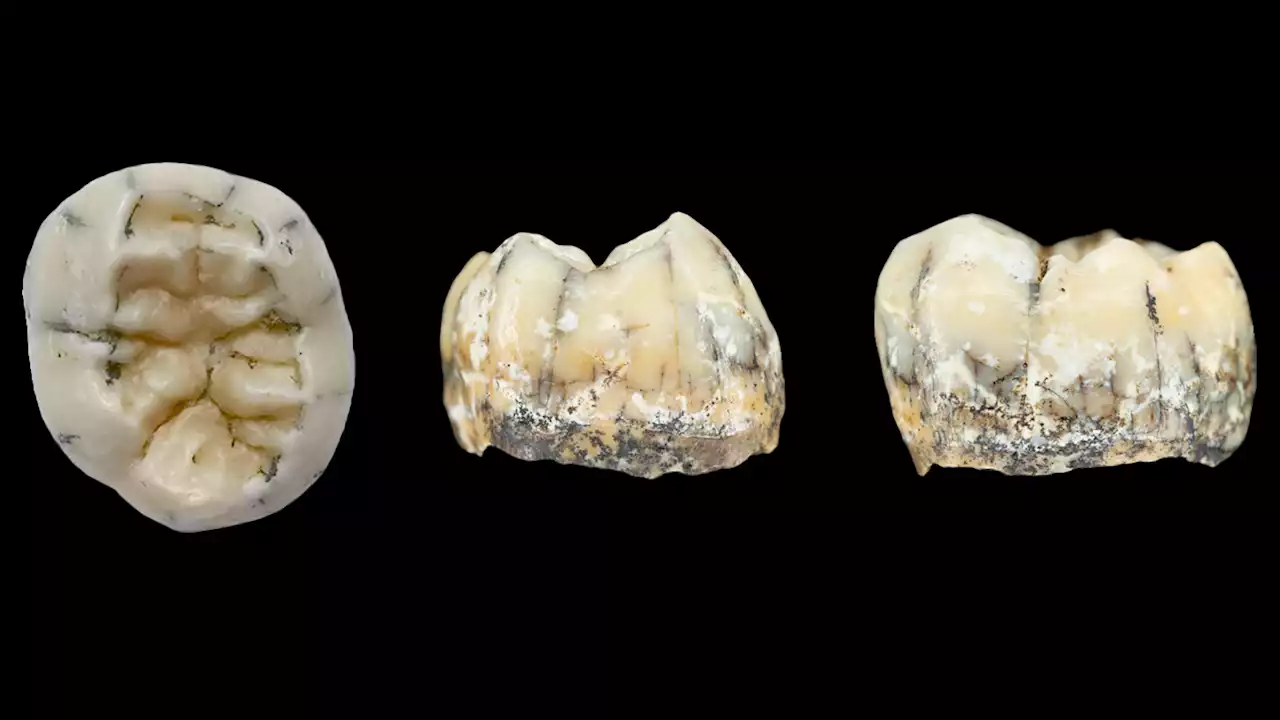Researchers believe the tooth belonged to a young female who lived at least 130,000 years ago and was likely a Denisovan -- an enigmatic group of early humans first identified in 2010.
Sign up for CNN's Wonder Theory science newsletter. Explore the universe with news on fascinating discoveries, scientific advancements and more. A tooth unearthed from a remote cave in Laos is helping to sketch an unknown chapter in the human story.
New discoveries fundamentally change the picture of human evolution in AfricaThe lower molar is the first fossil evidence placing Denisovans in Southeast Asia and may help untangle a puzzle that had long vexed experts in human evolution.The only definitive Denisovan fossils have been found in North Asia -- in the eponymous Denisova cave in Siberia's Altai Mountains in Russia.
Norge Siste Nytt, Norge Overskrifter
Similar News:Du kan også lese nyheter som ligner på denne som vi har samlet inn fra andre nyhetskilder.
 A Middle Pleistocene Denisovan molar from the Annamite Chain of northern Laos - Nature CommunicationsEvidence for the presence of Homo during the Middle Pleistocene is limited in continental Southeast Asia. Here, the authors report a hominin molar from Tam Ngu Hao 2 (Cobra Cave), dated to 164–131 kyr. They use morphological and paleoproteomic analysis to show that it likely belonged to a female Denisovan.
A Middle Pleistocene Denisovan molar from the Annamite Chain of northern Laos - Nature CommunicationsEvidence for the presence of Homo during the Middle Pleistocene is limited in continental Southeast Asia. Here, the authors report a hominin molar from Tam Ngu Hao 2 (Cobra Cave), dated to 164–131 kyr. They use morphological and paleoproteomic analysis to show that it likely belonged to a female Denisovan.
Les mer »
 A Denisovan girl’s fossil tooth may have been unearthed in LaosIf confirmed, this tooth joins only a handful of fossils from Denisovans, who are known from ancient DNA pegging them as close Neandertal relatives.
A Denisovan girl’s fossil tooth may have been unearthed in LaosIf confirmed, this tooth joins only a handful of fossils from Denisovans, who are known from ancient DNA pegging them as close Neandertal relatives.
Les mer »
 Tooth from Laotian cave sheds light on enigmatic extinct humansA young girl's tooth excavated from a cave wall in northeastern Laos is providing new insight into the mysterious extinct human species called Denisovans and revealing their resourcefulness in adapting to both tropical and chilly climes.
Tooth from Laotian cave sheds light on enigmatic extinct humansA young girl's tooth excavated from a cave wall in northeastern Laos is providing new insight into the mysterious extinct human species called Denisovans and revealing their resourcefulness in adapting to both tropical and chilly climes.
Les mer »
